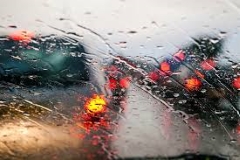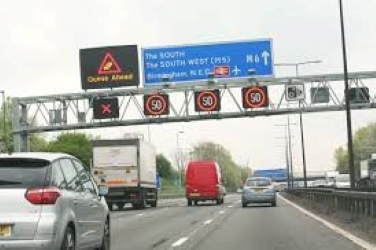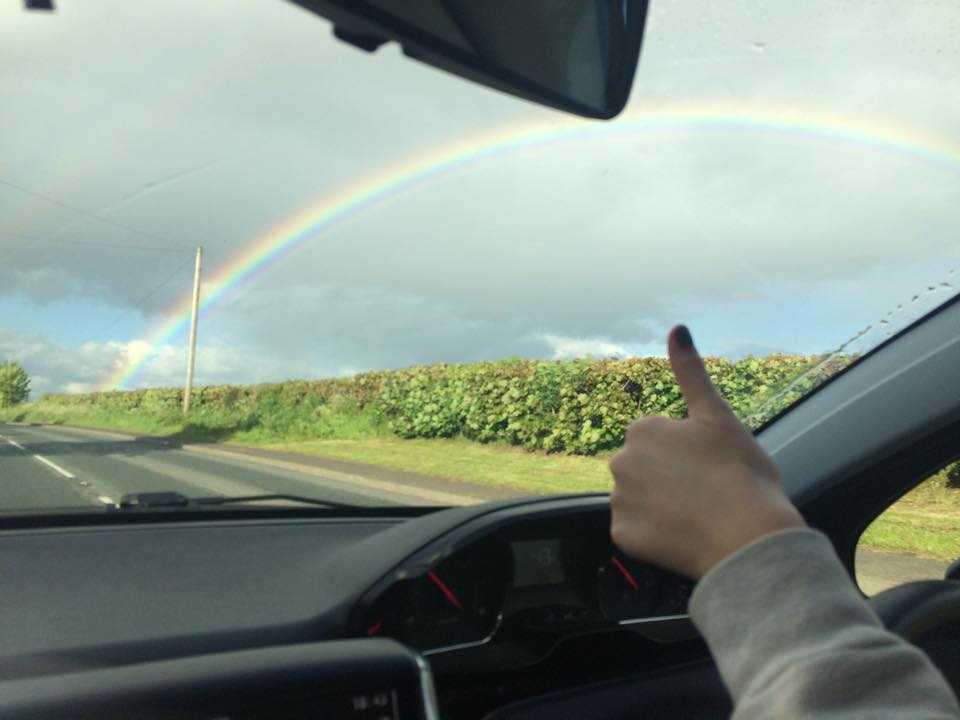How many lessons do I need?..
There is no set answer, as everyone learns at their own pace. Typically, 30–40 hours may be realistic. According to the DVSA, the national average is 45 hours of professional tuition and 20 hours of private practice.
Do I need to bring my provisional license with me?..
Yes, please make sure to bring it with you to every driving lesson.
What happens on the first lesson?..
The first lesson covers getting familiar with basic vehicle controls and understanding their functions. You will discuss observation and road awareness, then move on to preparing the car, moving off, changing gears, and stopping. The focus is on steadily building your confidence and doing it safety.
When should I do my theory test?..
Take your theory test as soon as possible, since you need it before booking a practical test, which can have up to a 6-month wait.
You are eligible at 17 with a UK provisional licence, and you can even pass your theory before starting driving lessons. Top Tip!
When will I do manoeuvres?..
Your instructor will make sure you can do all the manoeuvres before your test. The driving test lasts 40 minutes, with about 2 minutes spent on manoeuvres. No need to worry.
Can I practice in my car?..
Yes, you can practise in your own road-legal car when you are ready. Practising helps reinforce what you have learned with your instructor but try not to depend on your accompanying driver for assistance.
(An accompanying driver must be at least 21 and have held a full UK licence for 3 years or more.)
When will I be ready to do my test?..
Ask your instructor if you are ready for the test; you should be able to drive independently and without guidance. Driving tests will cover variety road types and scenarios and you must handle each one confidently and consistently. The Examiner is there to examine and is not there to assist you. Any interaction by the examiner will not end with result you hoped for.
What car do I use on the test day?..
The choice is yours. Most (test ready) candidates use their instructor’s car, but you can use your own if you want. Just make sure your car is insured, taxed and roadworthy. It is a good idea to ask your instructor for guidance.
What do most common thing to fail on?..
Surprisingly, the typical errors that occur are due to basic issues addressed in lesson 1. It is uncommon for individuals to fail on the manoeuvre’s component.
Any other advice?..
Find an instructor that suits you as an individual. Check their qualifications. Fully qualified instructors will have a green hexagon badge displayed on their windscreen. If you do not see it, be sure to ask why.
Set realistic expectations; learning to drive is a process, and it comes more easily to some than others. There will be ups and downs along the way, however your persistence will prevail.
On the test:
Get the basics nailed as it is most often the reason that things do go as you planned.
Mistakes happen, even whilst on test but it does not necessarily mean that you have failed!
If you make a mistake then don't dwell on it, what is done is done and you can't change it. Move on and refocus. Dwelling on mistakes often leads to a succession of other [sometimes more serious] mistakes.






One Way School Of Motoring (Bridgnorth)
Commonly asked questions - answered:
Your Local driving school...

